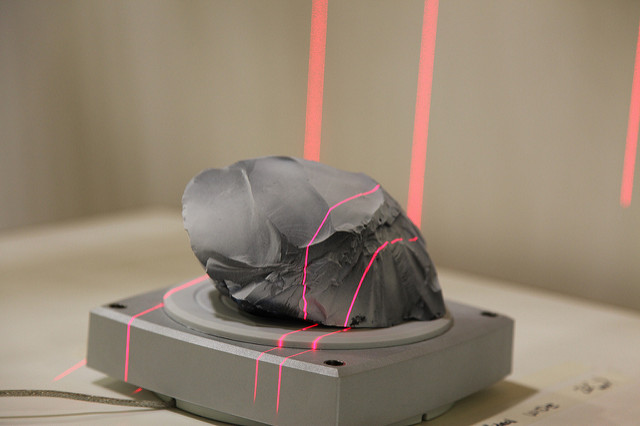

We suggest that the shape of the first molar is informative about phylogenetic affinities, whereas the shape of the second molar is more informative about biogeographic variability.

In addition, the presence of a phylogenetic signal in the first molar shape (2D) is likely to reflect similarity to the ancestral condition and provides evidence of gradual evolution of molar robustness in the robust clade. The results showed that 2D GM discriminated the two groups better than 3D GM, possibly because it accounted for cusp position and crown contour, but not cusp height, which may be a useful trait for inferring adaptive foraging ecology but presents a risk of homoplasy. xanthosternos), using two-dimensional (2D) and three-dimensional (3D) GM.
#SCANSTUDIO HD MANUAL FULL#
We characterized first and second molar crown shape variability in seven species representative of the two genera (Cebus albifrons, C. The video file generated a HD H.262 1024 × 1024 12 second video file with a file storage from 5.3 MB to 15.1 MB, depicting a full left rotation of the skeleton against a black background on a level view, then positioned in a top view and concluding in a loop with the first frame. We developed a geometric morphometrics (GM) model to determine if the two groups also show distinct molar shapes and to explore the influence of size, phylogeny, and biogeography in shaping molar morphology.

Both morphological and genetic analyses have revealed significant differences among capuchins, suggesting that two distinct monophyletic groups exist: the gracile capuchins (Cebus) and the robust capuchins (Sapajus). These 360-degree scans were then aligned and merged in GeoMagic Studio (Version 2014.1.0 Raindrop Geomagic) to create a complete 3D model of the fragment. Two 360-degree scans were completed for each fragment.
#SCANSTUDIO HD MANUAL PRO#
Tooth morphology has been widely used to infer taxonomic affinities. These 812 scans were then merged in the accompanying ScanStudio HD Pro software. Taxonomic Implications of Molar Morphology Variability in Capuchins Taxonomic Implications of Molar Morphology Variability in Capuchinsĭelgado, Mónica Galbany, Jordi Górka, Katarzyna Pérez-Pérez, Alejandro


 0 kommentar(er)
0 kommentar(er)
